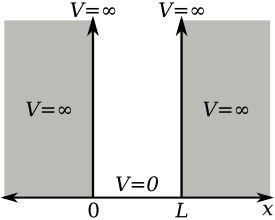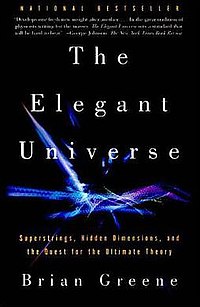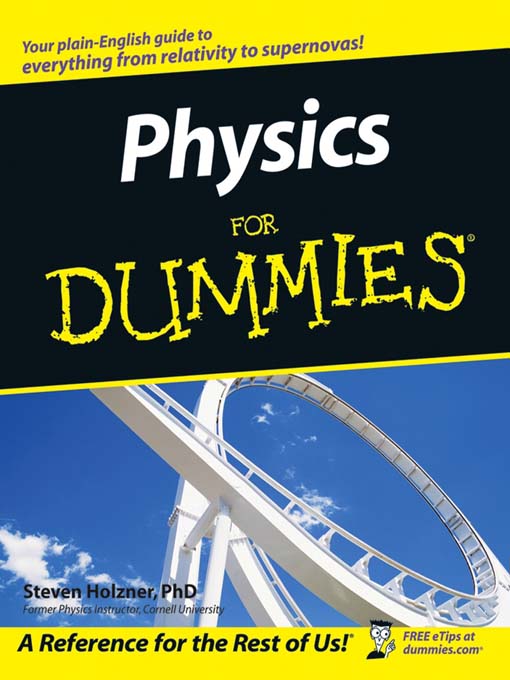So I guess it's safe to say that calculus is one of those topics, which are for some reason really hard to grasp for most of the students in high school and later in college. Maybe, it's because calculus is really a unique branch of mathematics, that is, it's different from most of the mathematics that we are taught in high school (most of which was developed by ancient Greeks, of course with some slight improvements by later mathematicians). After all, it was developed by greatly gifted mathematician and scientist Isaac Newton (and Leibniz too).
I myself remember having some problems with calculus. It's not that I didn't grasp the mathematics, it was just most of the time I didn't have the feeling what I was calculating, or what's the sense of derivatives, integrals and so on. And what really helped me, when I was revising before going to college, was some great books and video lectures.
Firstly, I really enjoyed these simple YouTube lectures by Prof. R.Delaware. I like this guy because he really doesn't presuppose that you have some past knowledge about calculus (except of course some basic mathematics from high school), he simply explains everything as it was being explained for the first time.
These lectures cover all the basic high school calculus and some of the basic college calculus. Basically the two main parts are differentiation and integration.
So here's the first lecture:
Thanks for reading! If you enjoy my blog feel free to subscribe and comment. Cheers!
I myself remember having some problems with calculus. It's not that I didn't grasp the mathematics, it was just most of the time I didn't have the feeling what I was calculating, or what's the sense of derivatives, integrals and so on. And what really helped me, when I was revising before going to college, was some great books and video lectures.
Firstly, I really enjoyed these simple YouTube lectures by Prof. R.Delaware. I like this guy because he really doesn't presuppose that you have some past knowledge about calculus (except of course some basic mathematics from high school), he simply explains everything as it was being explained for the first time.
These lectures cover all the basic high school calculus and some of the basic college calculus. Basically the two main parts are differentiation and integration.
So here's the first lecture:
And you can find all the other lectures on calculus and other topics HERE.
If you're looking for a book specifically that would help you with calculus I highly recommend Calculus for Dummies. It's a very basic and fun to read book, which will give you all the required knowledge of high school and some college calculus. Also it contains very nice diagrams, which give you a great visualisation of calculus concepts. Also it contains some neat tricks how to do calculus problems.







 2:23 PM
2:23 PM
 silentbob14
silentbob14















